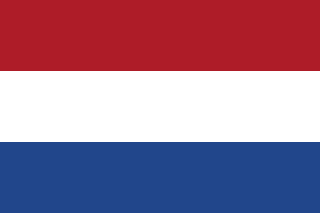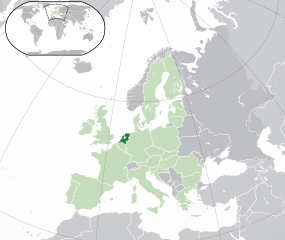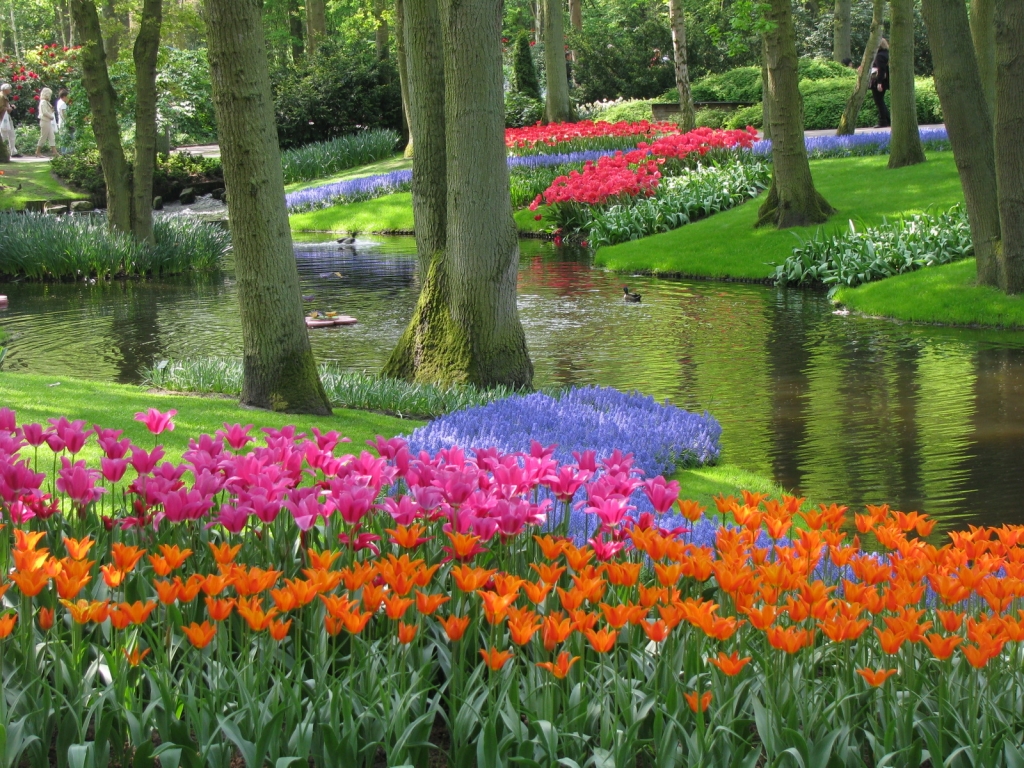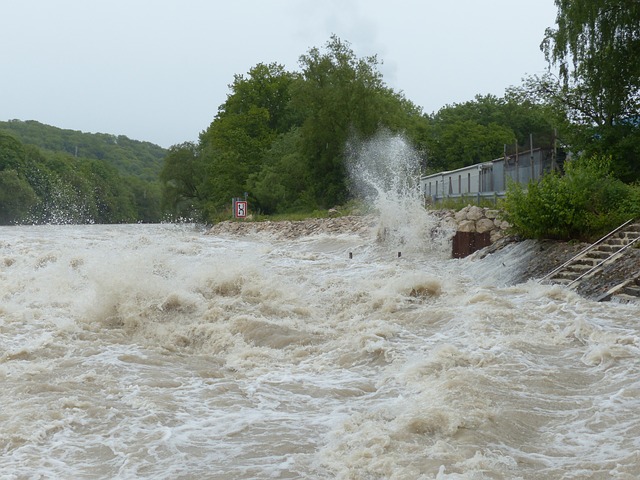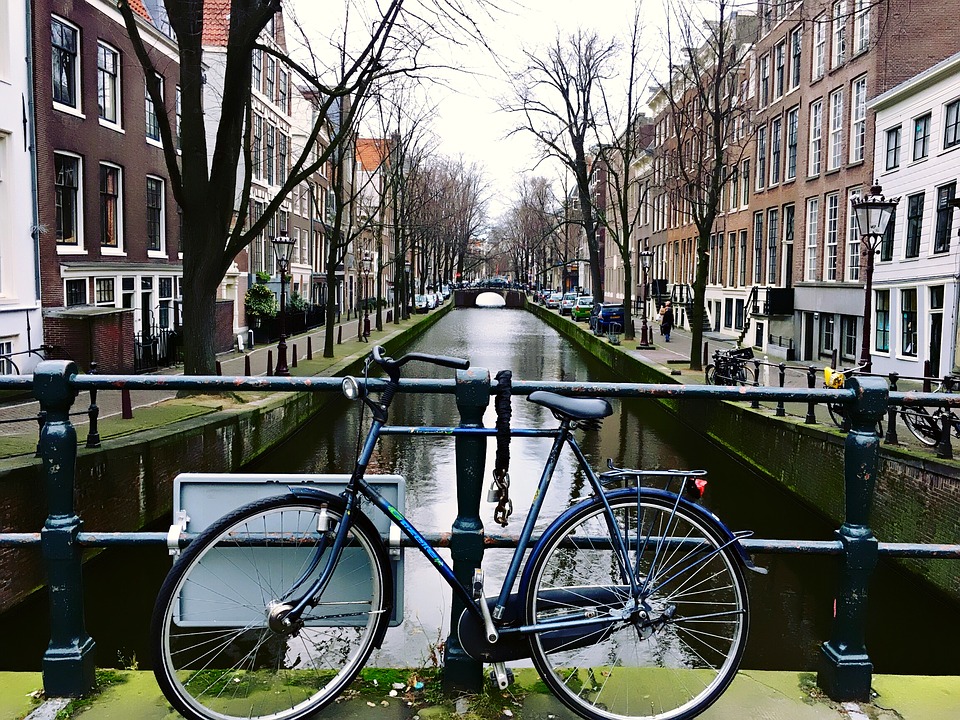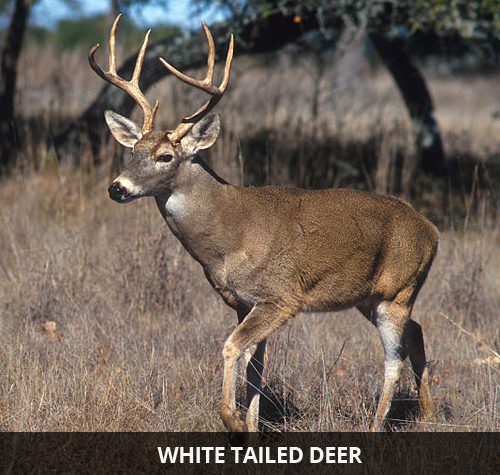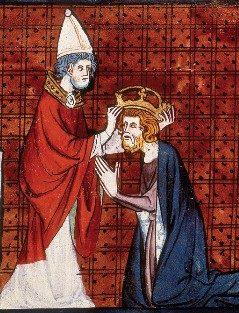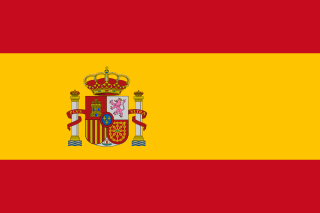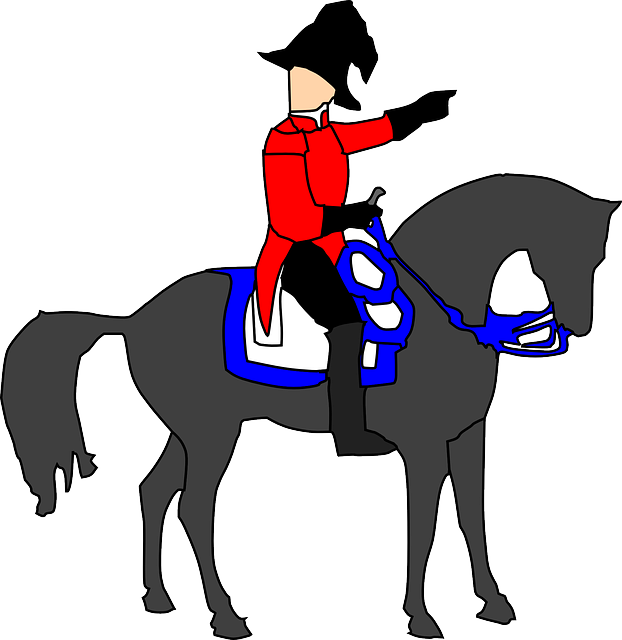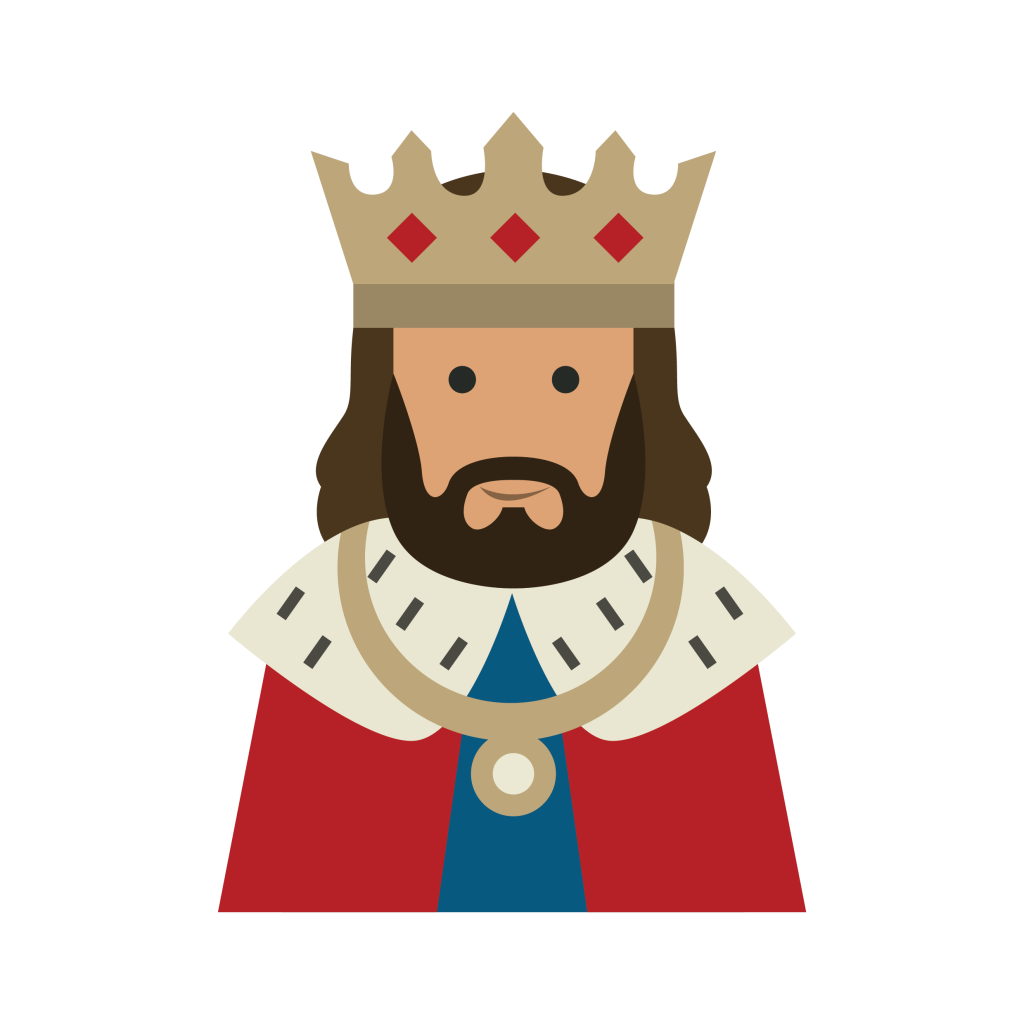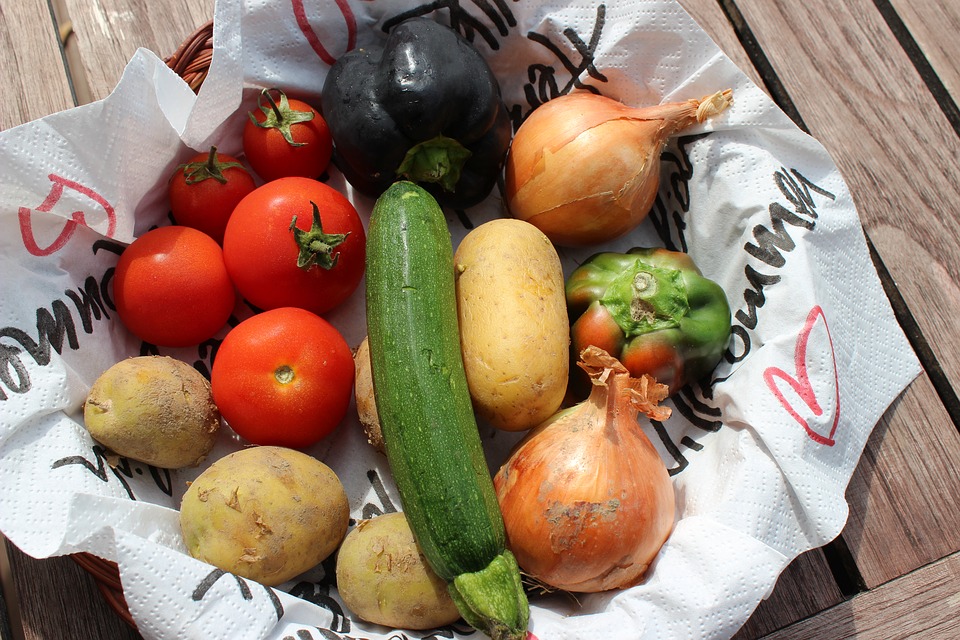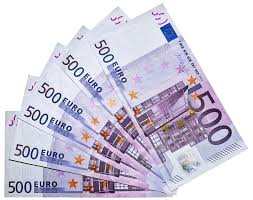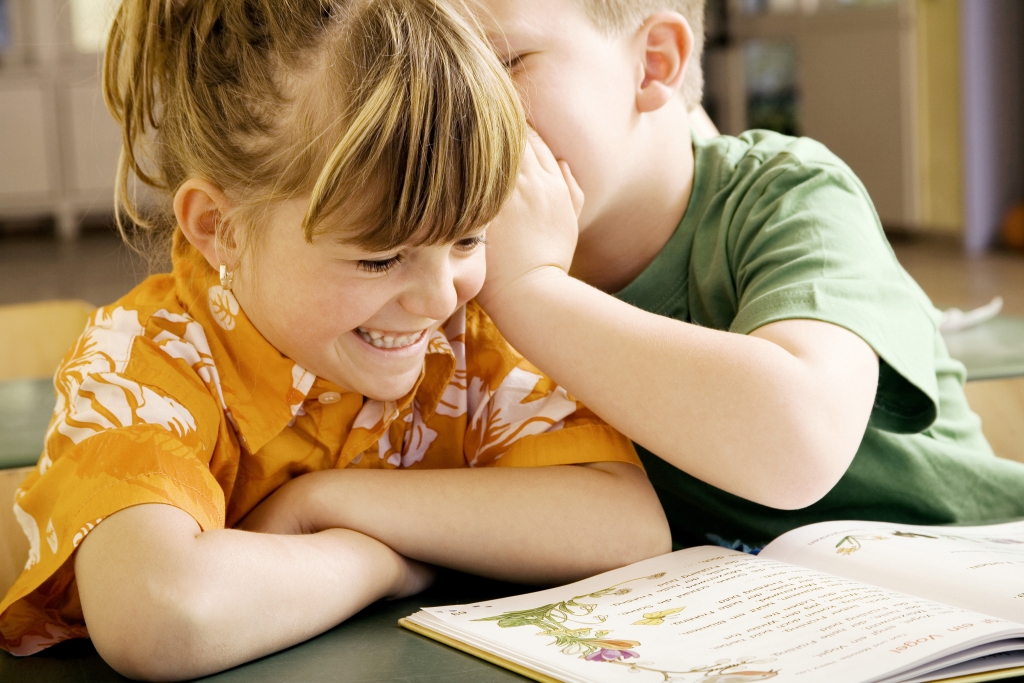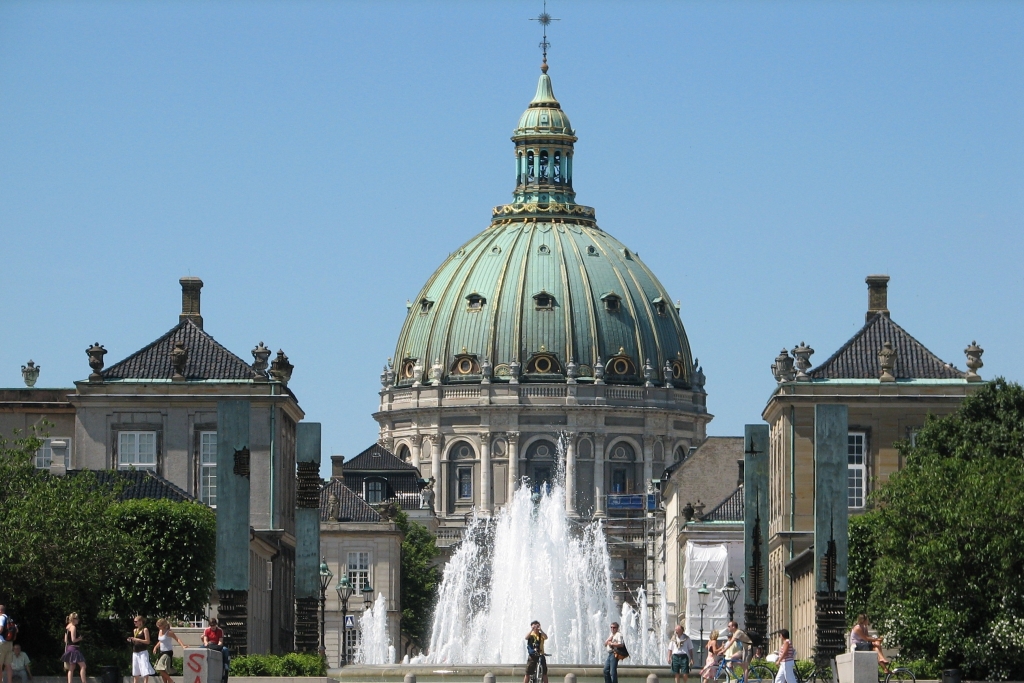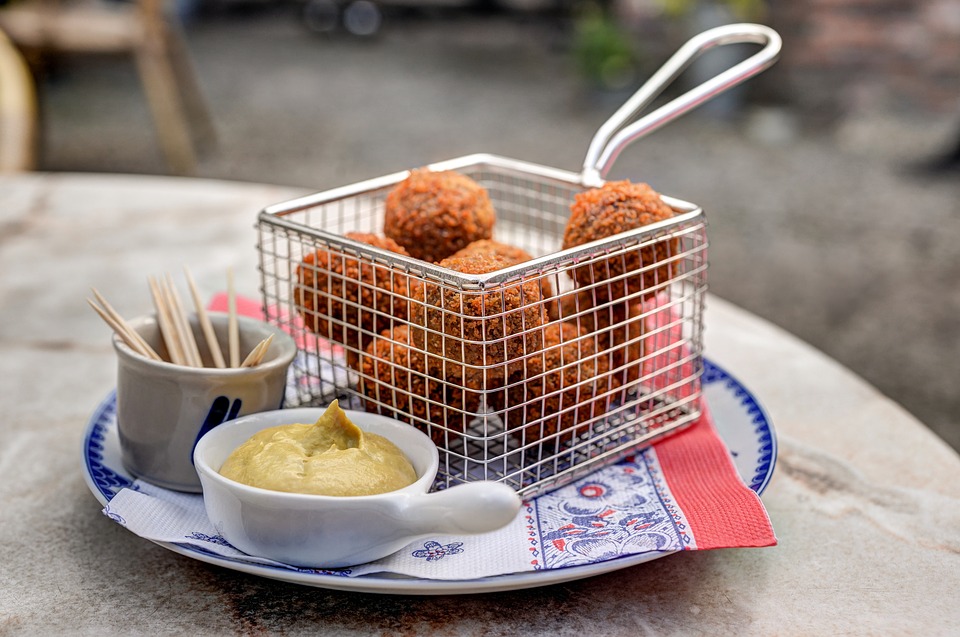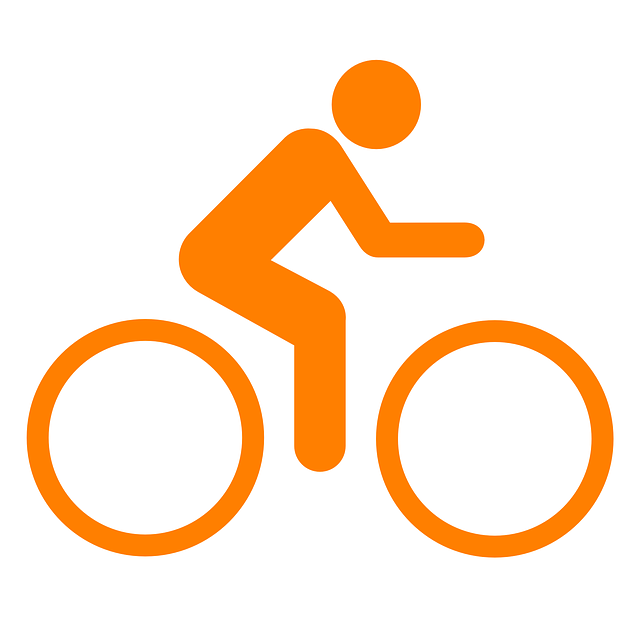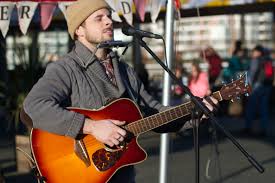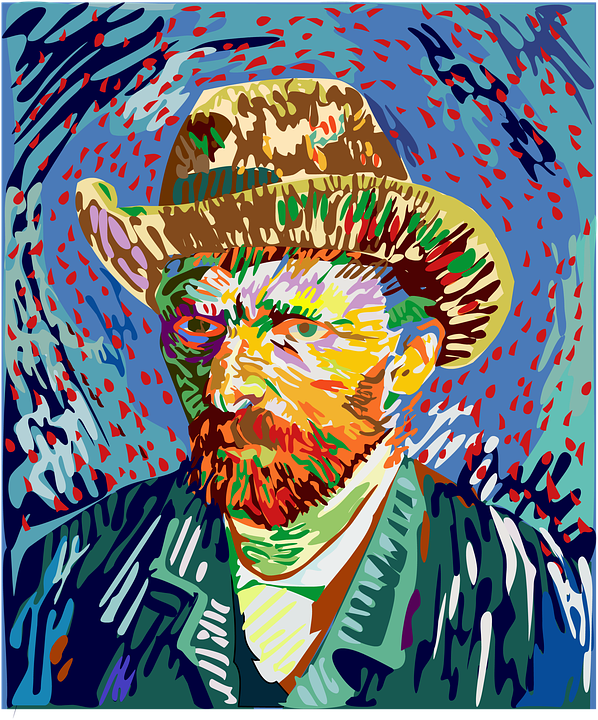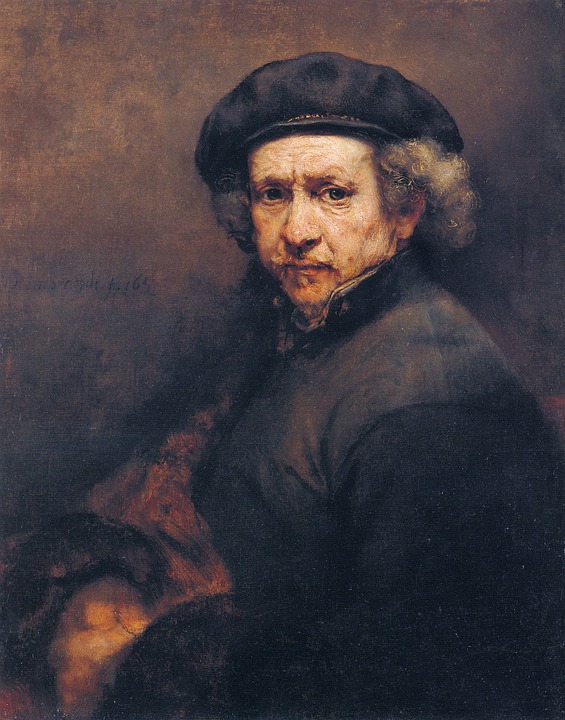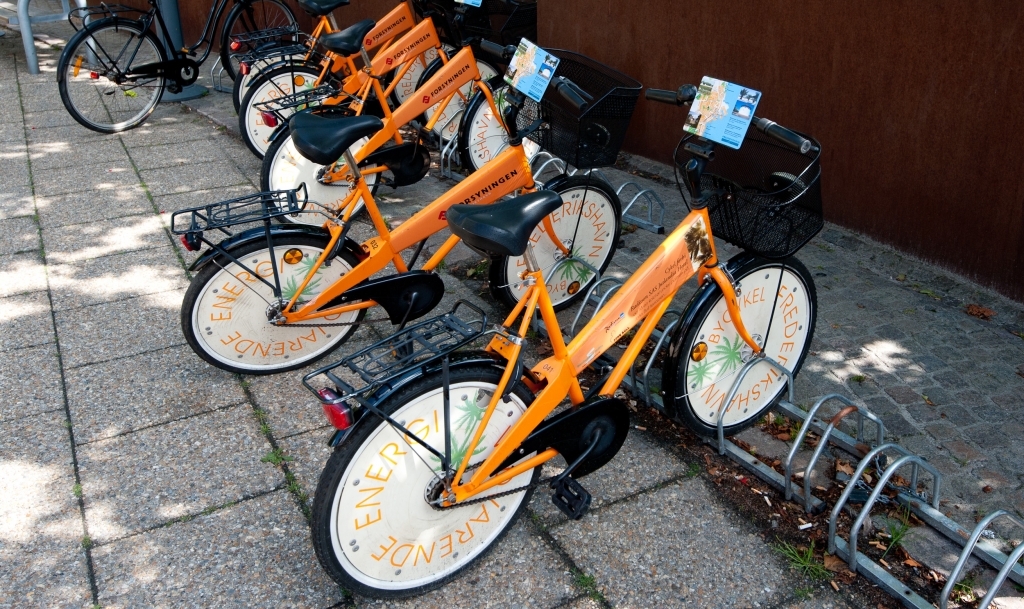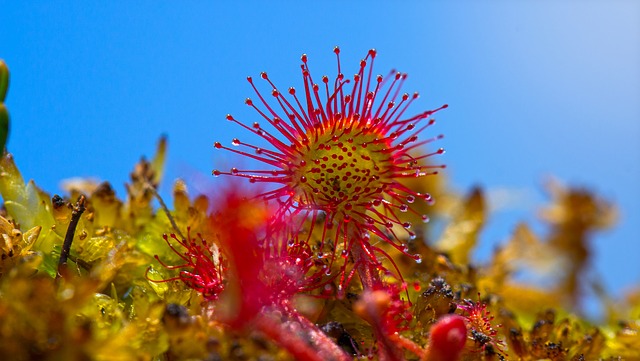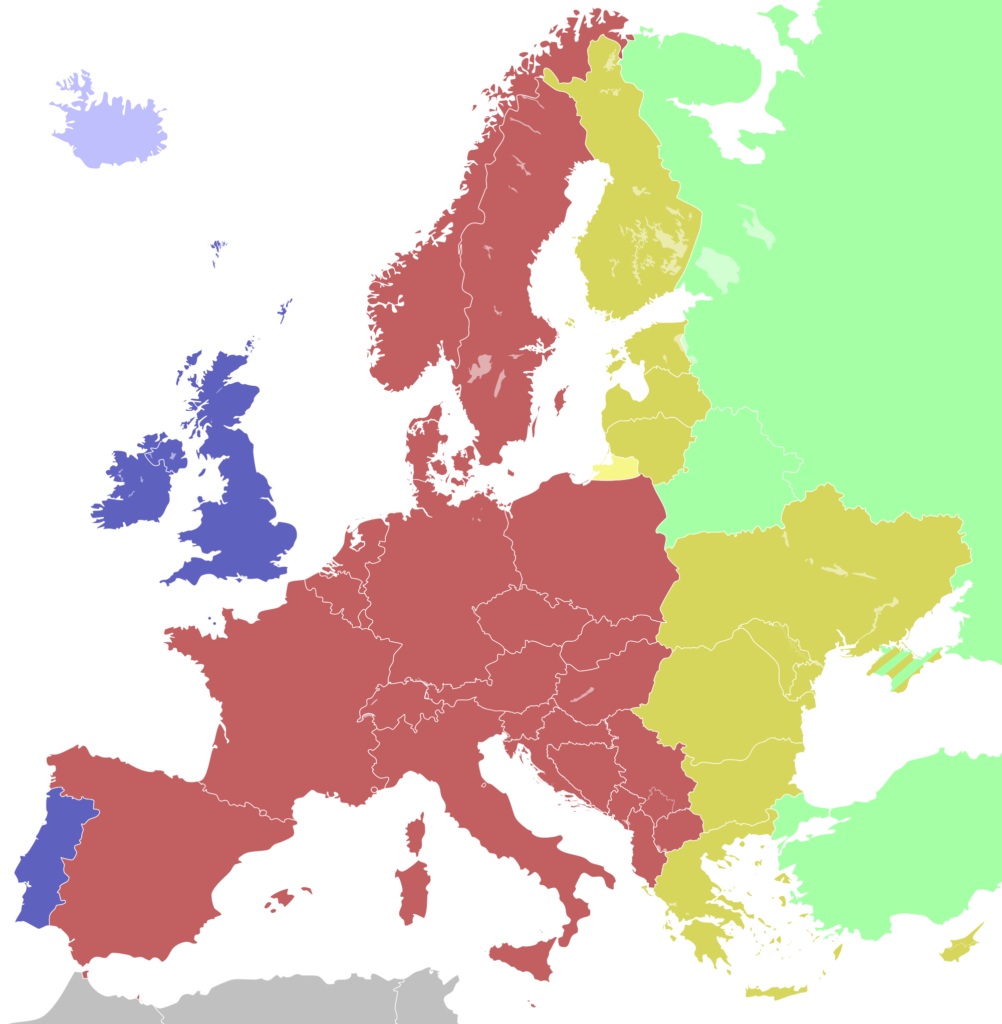Netherlands Facts For Kids
The Netherlands is a country in northwestern Europe known for its windmills, tulips, canals, and historic sites.
It’s one of the happiest and wealthiest countries in the world.
Quick Facts
Capital: Amsterdam
Population: 17 million
Key Cities: Rotterdam, Amsterdam, The Hague, Utrecht
Official Language: Dutch, English, Frisian, Papiamento
Major Religions: Roman Catholic, Protestant
Geography
Bordering Countries: Germany, Belgium
Size: 16,040 sq. miles
Lowest point: Zuidplaspolder at -22 ft.
Highest point: Vaalserberg at 3,504 ft.
Located in northwestern Europe, the Netherlands is a very flat country. Almost 25% of its land is at sea level or below.
There are some low hills in the central part of the country, and the land rises into the foothills of the Ardennes Mountains in the far south.
Flooding was a big problem in the history of the Netherlands, so man-made hills, dikes, and windmills (to pump water out) were constructed.
The Netherlands are also covered by miles of canals. Major rivers include the Rijn, Mass, Scheldt, and Waal. The largest lakes are Ijsselmeer and Markermeer. Both lakes are manmade.
The country experiences cool summers and moderate winters. It’s often breezy, especially in the winters and along the coast. Rain falls throughout the year, but April-September is usually drier.
More than 24,500 species of animals and 10,000 plant species live in the Netherlands. Animals include beavers, badgers, red deer, boars, foxes, widgeons, barnacle geese, and woodpeckers.
History
In ancient times, Celtic and German tribes lived in the area of the Netherlands for many years. The area’s many rivers, wetlands, and woods protected the tribes from invaders.
But in the 1st century BC, the Roman Empire managed to conquer the land. The area remained under Roman rule for about 300 years, and grew in wealth as a result.
As the Roman Empire weakened, various tribes invaded the land. By 800 AD, the Netherlands became part of Charlemagne’s Carolingian Empire.
After Charlemagne’s death, the territory was divided into smaller states ruled by dukes and counts. During this time, agriculture, crafts, and trade made the Netherlands one of the richest areas in Europe.
As a result, neighboring powers tried to conquer the Netherlands. In 1555, Charles the II of the Habsburg Empire granted the Netherlands to his son Phillip II, who was the King of Spain.
The people of the Netherlands fought back, beginning a war that lasted for eighty years. They finally gained independence in 1648. The Netherlands continued to grow in power and wealth.
During the Napoleonic Wars, Napoleon Bonaparte took over, putting his brother Louis on the throne.
In 1814, the people claimed independence from France.
For 25 years, Belgium, Luxembourg, and the Netherlands were all joined together as a country called the Kingdom of the Netherlands.
In 1839, the Netherlands became independent once again. The Netherlands remained neutral during World War I. During World War II, the country was occupied by Nazi Germany.
Today, the Netherlands is a constitutional monarchy. The king is head of state, but he has limited power. The ministers and state secretaries are responsible for the government’s day-to-day business.
Economy
Main industries in the Netherlands include metal and engineering products, electrical machinery and equipment, chemicals, petroleum, construction, microelectronics, fishing, agriculture and food.
Top agricultural products are grains, potatoes, sugar beets, livestock, and various fruits and vegetables.
The Netherlands is one of the 20 largest economies in the world and one of the wealthiest countries on Earth.
The port of Rotterdam in the Netherlands is one of the busiest and largest in the world, bringing great prosperity to the country.
After the United States, the Netherlands is also the top exporter of agricultural goods, and many other industries are highly developed.
At around 3%, unemployment in the Netherlands is low. Currency in the Netherlands is the Euro.
Culture
The Netherlands is often considered one of the most democratic, liberal, and free countries in the world. Human rights are protected and valued, and it’s known as the best place on the planet for children.
Many languages are spoken in the Netherlands, most prominently Dutch and Frisian.
English is the official language in some municipalities, and Papiamento is the official language of the municipality of Bonaire.
Only about 39% of citizens in the Netherlands claim to be religious. Among these citizens, most are Roman Catholic and Protestant. Muslims, Buddhists, and Hindus also make up part of the population.
Traditional Dutch food is simple and hearty, mostly consisting of meat and vegetables. Soup is often served as an appetizer, with pastries or cookies for dessert.
The Netherlands is famous for its cheese, salted herring, and French fries served with mayonnaise. Bitterballen, a very popular snack, is deep fried beef and gravy usually served with mustard.
Sports are a huge part of life for many Dutch citizens. Top sorts include soccer (called football), cycling, and speed skating.
The Netherlands is also world-famous for its many art and historical museums. Today, pop and electronic are hugely popular and the focus of several annual festivals.
Famous Dutch
Famke Janssen- actress
Eddie van Halen- musician
Vincent van Gogh– artist
Anne Frank- writer
Robin van Persie- soccer player
Rembrandt– artist
Fun Facts
On average, Dutch men are the tallest in the world.
The Netherlands ranks as the top country in the world for plentiful, nutritious, affordable food.
There are more bicycles than people in the Netherlands.
The largest flower garden in the world can be found in Lisse, Netherlands. It’s called Keukenhof and holds over 800 types of tulips.
The capital city of Amsterdam has 165 canals and 1,281 bridges.
The Dutch greet each other with three kisses on the cheek.

